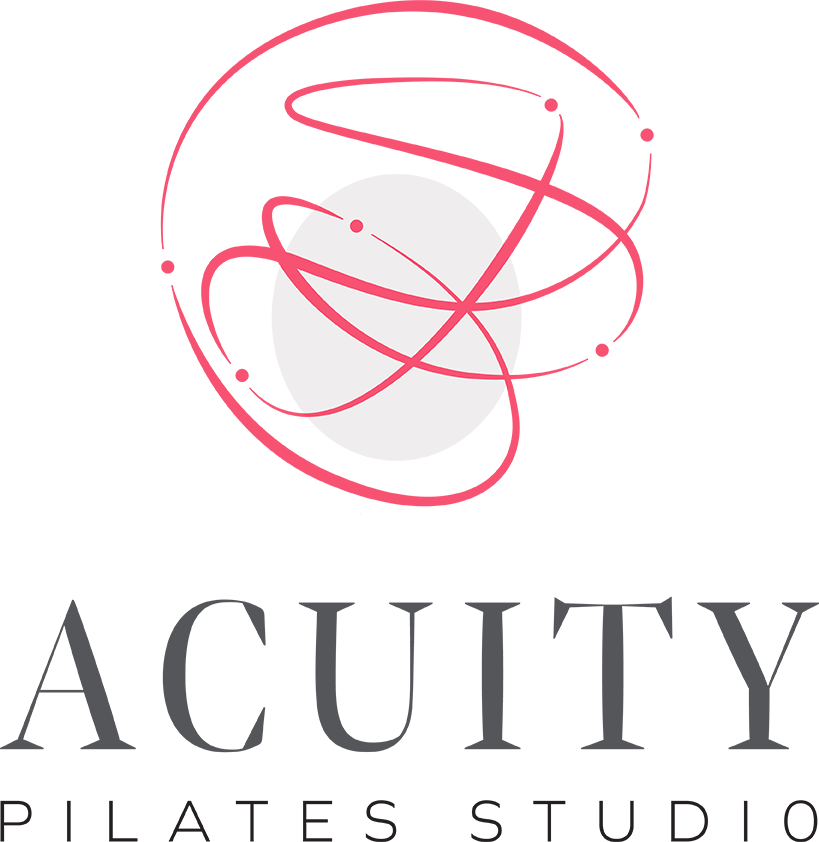Time to rethink Pilates?
Is it time to rethink Pilates?
I have to admit that in the past, I was guilty of believing some of the stigmas about Pilates, especially regarding the population I thought it was targeted for. But I like to consider myself open-minded to trying new things. After all, I gave yoga a shot and ended up really enjoying it!
My Pilates Experience
We all know the common stereotypes about Pilates these days: “Isn’t it geared for toning the core and butt?” or “It’s like yoga and you work on your flexibility.” I’d like to say that while those are some things that you can do with Pilates, we have to think of the other uses of Pilates in practice.
My first chance to experience Pilates was in a clinical setting, and I was amazed at how great it was used as a rehabilitation tool for injuries. But I don’t think it stops there. In addition to the benefits of Pilates that I’ve spoken about in the past, I also think that we should look at the role Pilates has in sports training.
Pilates for Sport Training
Bergeron et al (2015) notes that muscular fitness and effective movement skills form the foundation of achieving both optimal and sustainable athletic performance. Additionally, Lloyd (2016) defines athleticism as the “ability to repeatedly perform a range of movements with precision and confidence in a variety of environments, which require competent levels of motor skills, strength, power, speed, agility, balance, coordination, and endurance”.
Both of these statements show great correlation to what Pilates is defined as: an exercise form that enables “complete coordination of body, mind and spirit.”
As Pilates encompasses various postures, and progresses clients from a considerably low-load environment, this type of exercise can be viewed as a form of neuromuscular training. Neuromuscular training is aimed at improving both sensorimotor control and achieving compensatory functional stability (Ageberg et al, 2010).
With this in mind, it’s no surprise that we see professional athletes using Pilates to help gain an edge in their development. I think it’s only a matter of time before youth development will embrace Pilates into their training regiment.
References
Bergeron, M. F., Mountjoy, M., Armstrong, N., Chia, M., Côté, J., Emery, C. A., et al. (2015). International Olympic Committee consensus statement on youth athletic development. Br. J. Sports Med. 49, 843–851. doi: 10.1136/bjsports-2015-094962
Lloyd, R. S., Cronin, J. B., Faigenbaum, A. D., Haff, G. G., Howard, R., Kraemer, W. J., ... & Oliver, J. L. (2016). National Strength and Conditioning Association position statement on long-term athletic development. Journal of Strength and Conditioning Research, 30(6), 1491-1509.
Ageberg, E., Link, A., & Roos, E. M. (2010). Research article Feasibility of neuromuscular training in patients with severe hip or knee OA: The individualized goal-based NEMEX-TJR training program.
Your Space. Your Community. Your Studio.


